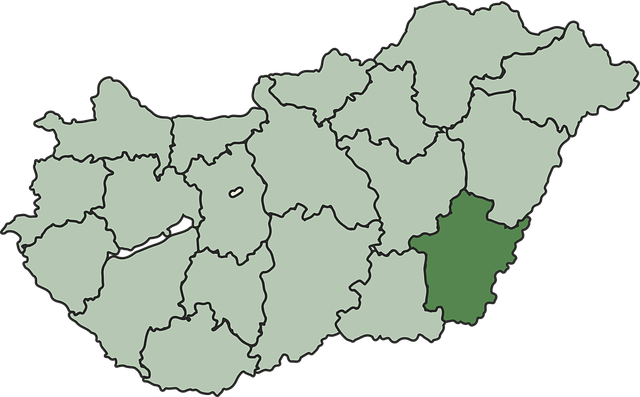Forests, deserts, and mountains are interconnected ecosystems vital to Earth's health, influencing biodiversity, climate regulation, and local communities' livelihoods. These landscapes provide essential services like water sources, carbon sinks, and genetic diversity. Sustainable real estate development requires recognizing these interdependencies, preserving natural landscapes, and incorporating ecological considerations into urban planning. By doing so, developers can create resilient, aesthetically pleasing, and harmoniously coexisting communities while safeguarding these ecosystems for future generations.
Forests, deserts, and mountains—seemingly disparate landscapes—are intricately interconnected ecosystems. This interconnectedness has profound implications for real estate development and planning, as these environments influence water cycles, soil fertility, and biodiversity, which, in turn, impact property values and urban growth. Understanding this interdependence is crucial for sustainable conservation efforts and shaping future real estate strategies. Explore these dynamics to uncover opportunities and challenges in balancing environmental stewardship with economic progress.
The Interconnected Ecosystems: Forests, Deserts, and Mountains

Forests, deserts, and mountains may seem like distinct landscapes, but they are intricately interconnected ecosystems that play a crucial role in our planet’s health and balance. This unique relationship is often overlooked when considering real estate developments, yet it has profound implications for biodiversity, climate regulation, and even local communities’ livelihoods.
The connection between these environments is a complex web of dependencies. For example, mountains provide water sources that sustain forests and deserts below them. Forests act as carbon sinks, absorbing and storing significant amounts of atmospheric carbon dioxide. Deserts, despite their harsh conditions, support specialized plant and animal species adapted to extreme temperatures and limited resources, contributing to the overall genetic diversity of life on Earth. Understanding these interdependencies is vital for sustainable land management practices in real estate development, ensuring that construction projects do not disrupt these delicate ecosystems and their vital services.
Impact on Real Estate Development and Planning

The interconnectedness of forests, deserts, and mountains has profound implications for real estate development and planning. These ecosystems are not isolated; they influence local climates, water cycles, and soil quality, which in turn affect property values and infrastructure needs. For instance, areas with well-preserved forests often experience higher property demand due to their aesthetic appeal and recreational opportunities. Conversely, deserts and mountains may present unique challenges, such as extreme weather conditions and rugged terrain, requiring specialized construction techniques and adaptive planning strategies.
Understanding these interconnections is crucial for real estate developers and urban planners. Integrating sustainability principles and preserving natural landscapes can enhance the long-term viability of development projects. By aligning with ecological patterns, cities and communities can mitigate environmental impacts, foster biodiversity, and create more resilient and livable spaces. This holistic approach to real estate development not only respects the environment but also ensures a more balanced and harmonious coexistence between human settlements and natural ecosystems.
Opportunities and Challenges in Conservation and Sustainability

Forests, deserts, and mountains are interconnected ecosystems that offer vast opportunities for conservation and sustainability initiatives. These diverse landscapes play a crucial role in regulating climate patterns, preserving biodiversity, and providing vital resources such as clean air, water, and real estate for both human habitats and wildlife. However, the challenges are significant. Deforestation, desertification, and mountain top removal for development pose threats to these delicate balances. Balancing economic growth with environmental preservation is a complex task that requires innovative solutions, such as sustainable land management practices, conservation-friendly policies, and community involvement. Embracing renewable energy sources and promoting eco-tourism can also contribute to preserving these interconnected ecosystems for future generations, ensuring their continued value in terms of both real estate and ecological integrity.






